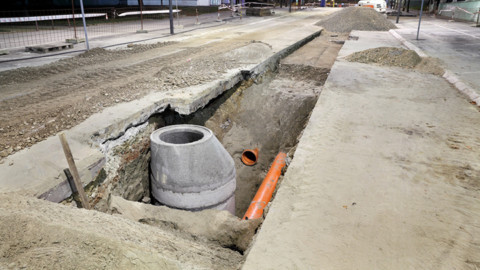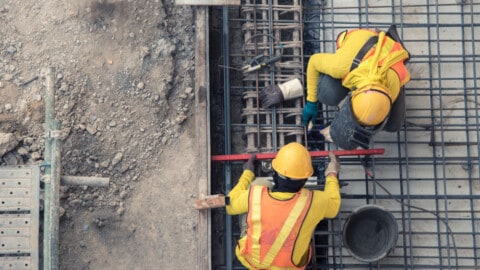New residential buildings across Australia will be required to meet updated energy efficiency standards following an overhaul of the National Construction Code (NCC) and the Nationwide House Energy Rating Scheme (NatHERS).
Building and energy ministers from State and Federal Governments around the country have agreed to the update, which involves new minimum energy efficiency standards and an expansion of NatHERS to support the NCC updates.
The expansion will be the biggest change to NatHERS since the scheme began in 1993. With over 150,000 homes built in Australia every year, these changes will help to reduce energy demand, which is vital to support the economy’s transition to net zero.
Energy Efficiency Council (EEC) Chief Executive Officer, Luke Menzel, said the upgrade will give householders and renters healthier, more comfortable homes, while saving up to $576 each year on their energy bills.
“Today’s decision means householders will save energy, reduce emissions and lower their bills. New seven star houses need less energy to stay comfortable, meaning a win for households and a win for the climate,” Mr Menzel said.
NatHERS currently provides a rating out of ten stars that takes into account the home’s design and construction materials including walls, insulation, windows and roofs. NCC updates will see the minimum star rating for new homes increase from six to seven stars.
In addition, updates to the NCC mean the energy performance of appliances used for hot water, heating and cooling, solar energy generated onsite and battery storage, will be included in a new Whole of Home (WOH) rating.
This will provide a second rating out of 100 and encourage residential builders and designers to consider the efficiency of appliances they recommend to their clients.
The EEC said the new standards are a major step on the path to achieving Net Zero, but noted that further increases in the energy performance of new buildings will be required.
“This is the first step in the trajectory towards houses that are ready for net zero. There’s more work to be done in making sure Australians are housed in affordable, energy efficient and climate-safe buildings – but we know it’s a challenge we can meet.”
Energy efficiency changes to the Code are voluntary from 1 October 2022, with a transition period until 1 October 2023 (but may vary by state and territory).
The changes aim to give the community and industry the ability to design and build energy efficient, comfortable and cost effective homes.


















Why does the illustration show the UK house energy rating scale, when the article is about Australia’s NatHERS (numbered) scale?